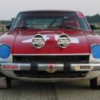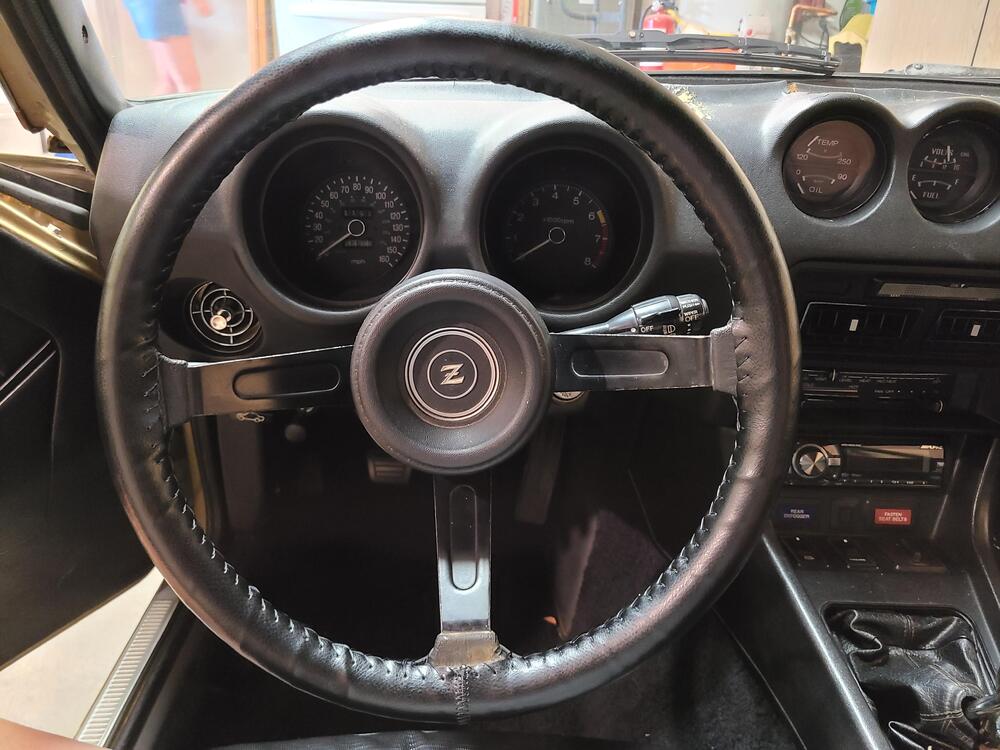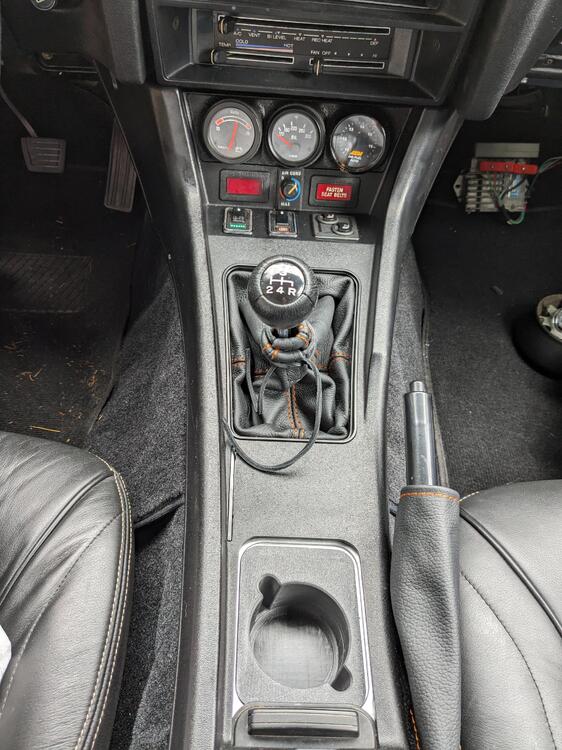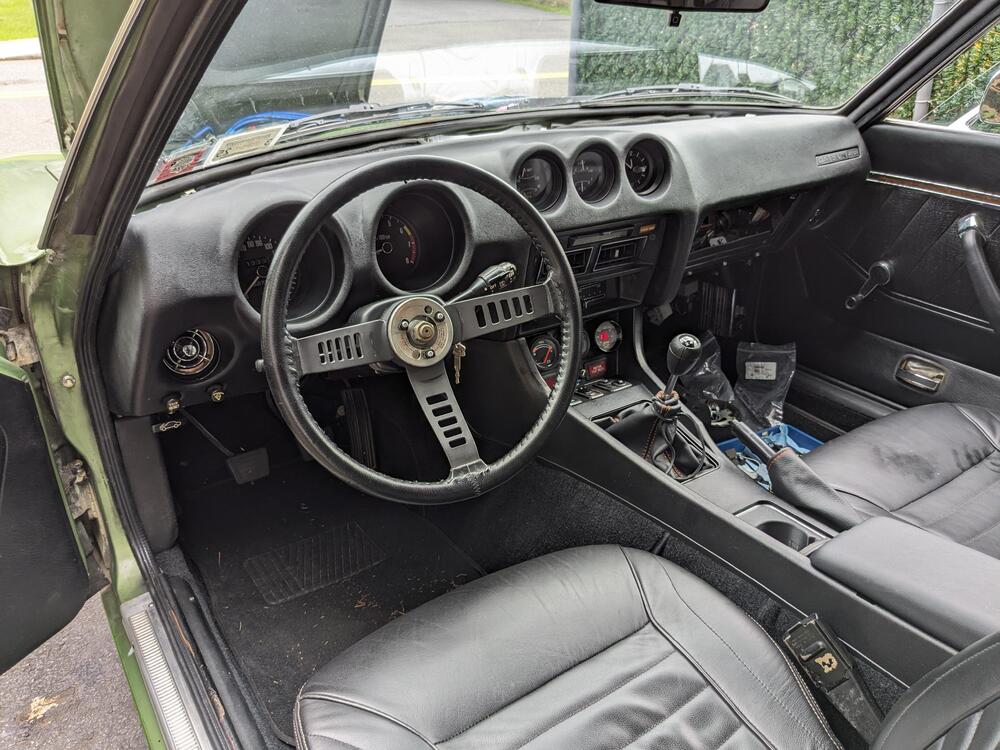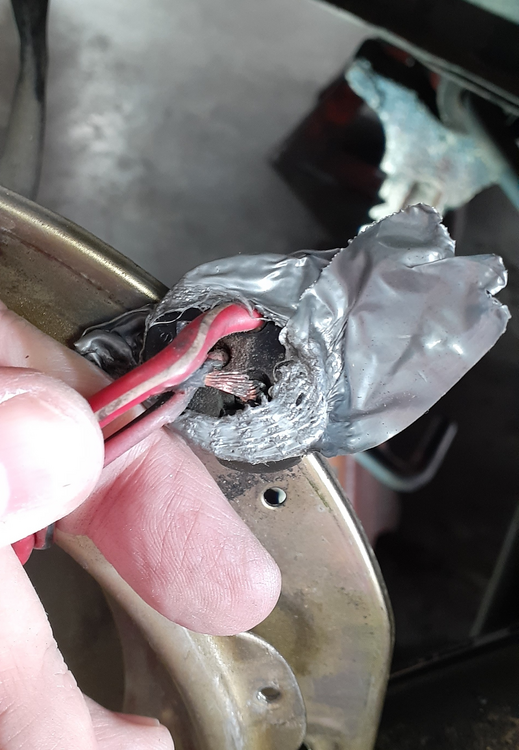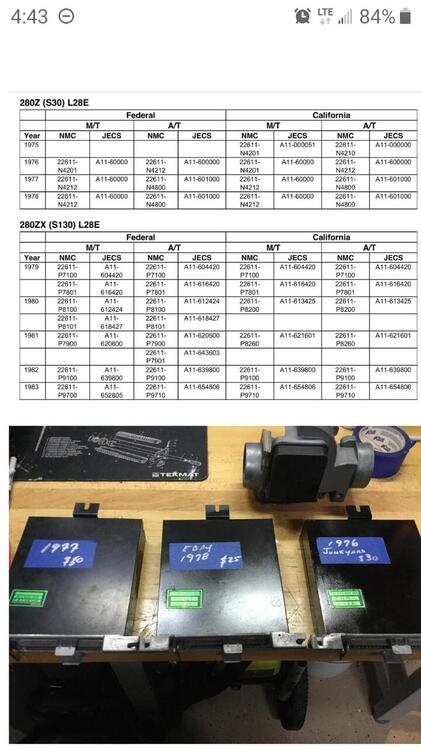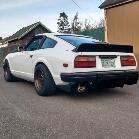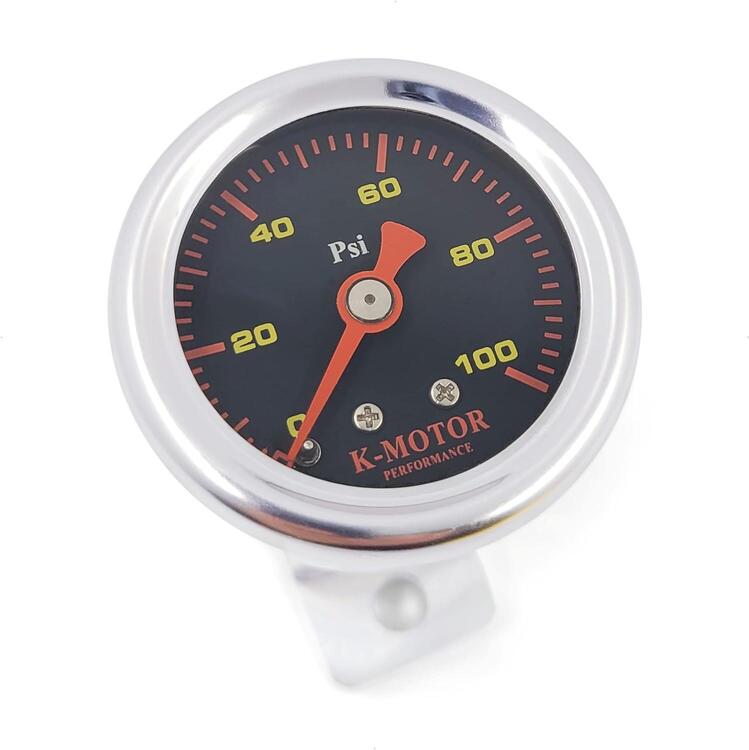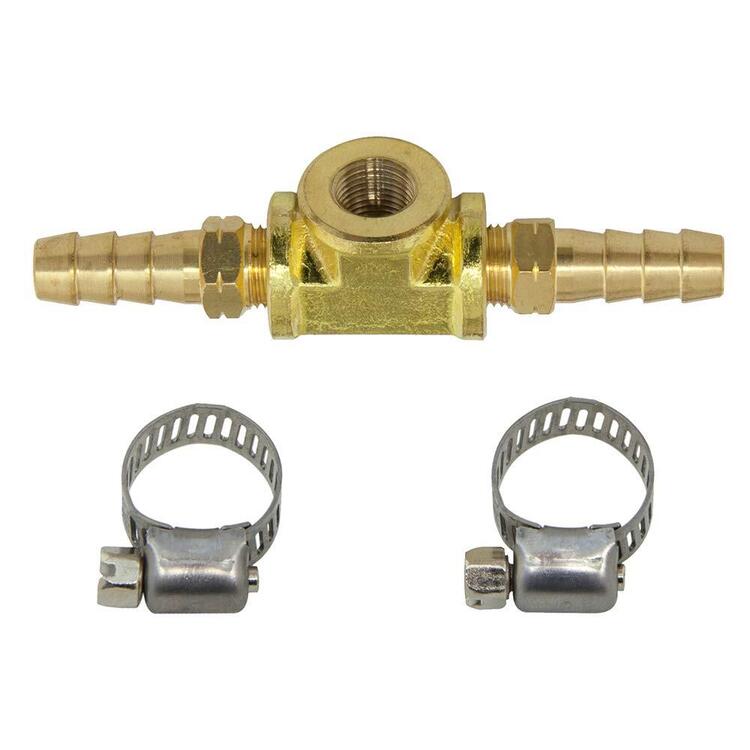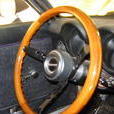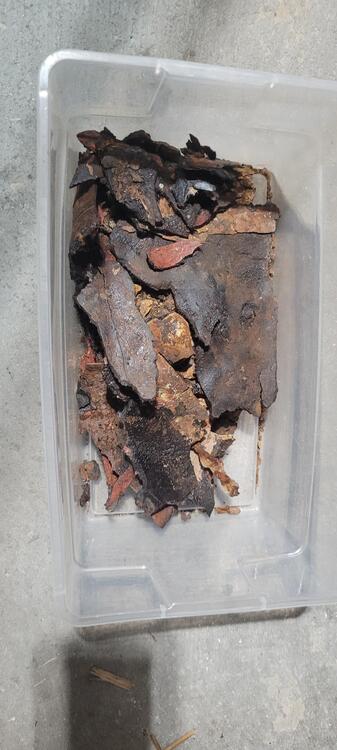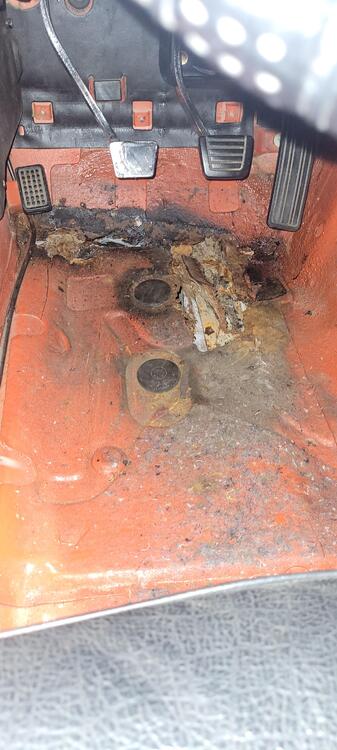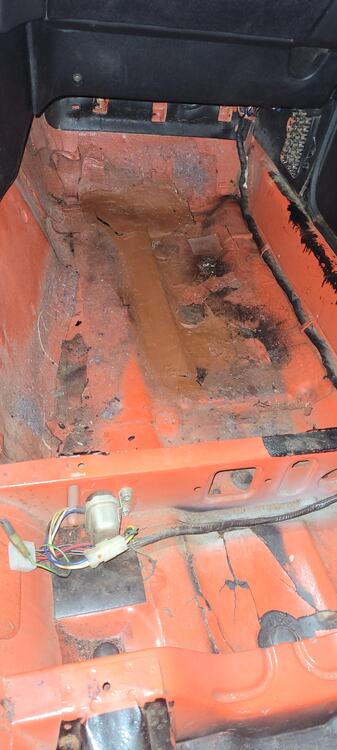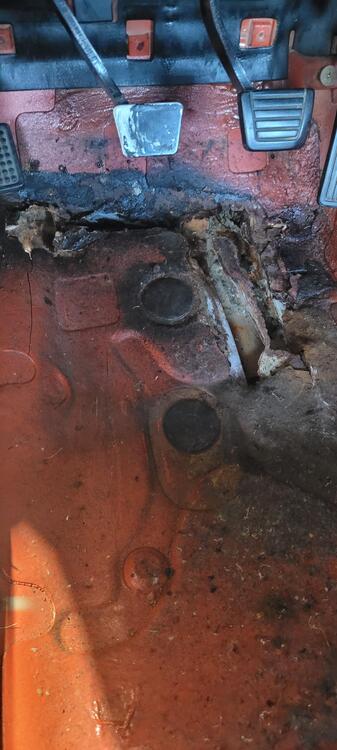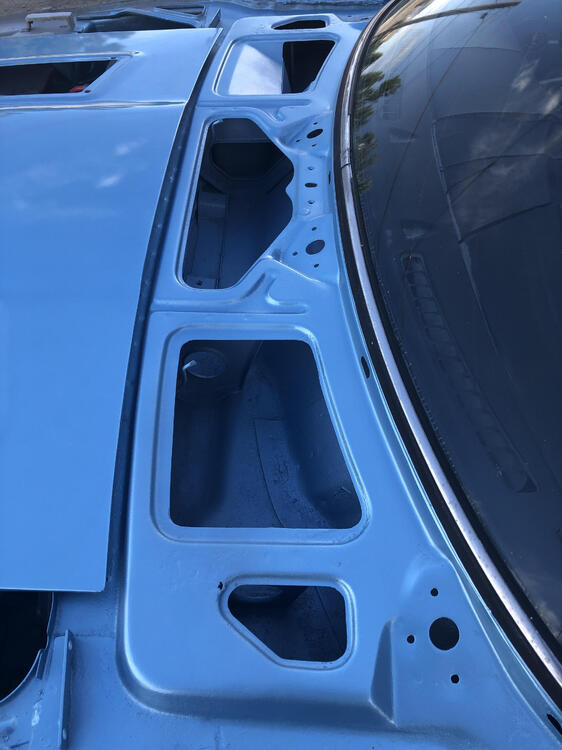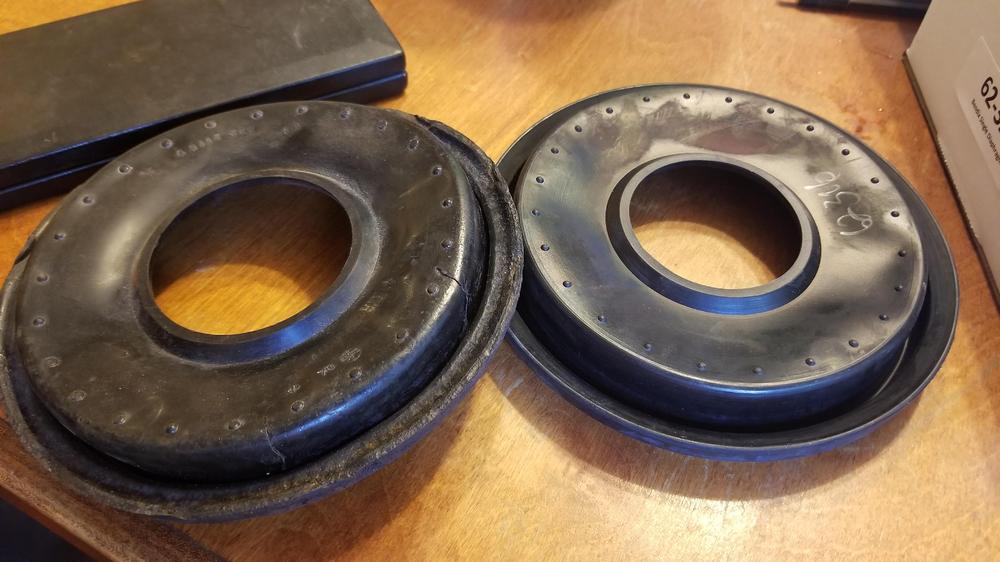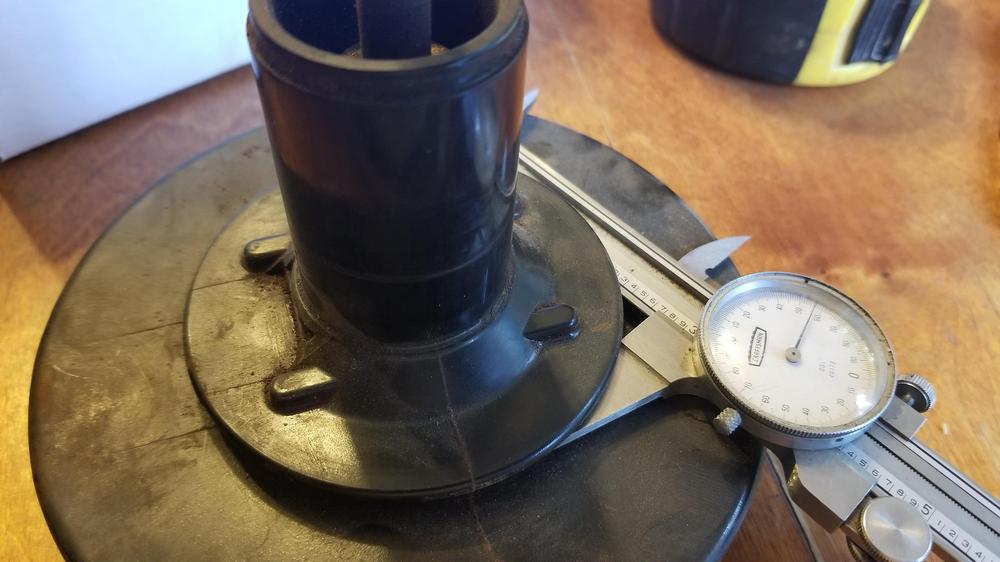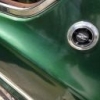A friend was working on a customer's 78, and there was an issue with the headlights. I took a quick look at it a couple of weeks ago when my friend was hosting a party (It was a great way to decrease the amount I had to socialize.), and it seemed like corrosion in the fusible link may have been the cause. The fusible links were pretty nasty. My friend put in a Maxi Fuse holder, but the problem remained.
I went out to take another look today. I saw voltage on both sides of the right fuse when I pulled the ground on the circuit. However, the was no voltage on the downstream side when I had the ground plugged in. I cleaned the fuse holders with a wire wheel, but no change. Neither headlight would light, either. I swapped the fuse for the right headlight with another that was in the fuse box, but that fuse wasn't in great shape. I got another 10A fuse from my friend, and a little while later, I detected that it had blown.
Getting nowhere fast in my diagnostics, I talked with @Captain Obvious, but I couldn't provide enough information for a true ah-ha moment. He did make a good suggestion to start using a test light instead of a meter because we both knew I had to get around an impedance issue if it existed.
I decided to focus on the left headlight next. I disconnected the headlight and rigged up a jumper between the engine harness connector and the headlight connector. I rigged up another jumper that I could connect to ground. I still couldn't get the left headlight to light up with the new ground. I checked things with the test light. I could get the positive side of the wiring to light up the test light, but the ground leg would not cause the test light to light up. (Hold on to this.)
At that point, my friend and I broke for lunch, and I discussed the next steps with him. We agreed that pulling off the headlights would be the course of action because I narrowed down the problem to that part of the circuit.
He got the front end on jackstands, and I got the left headlight out. This is what I found. Yikes!
Someone thought duct tape would make good insulation. You can see how hot and melty it got. That is the positive wire with all of the missing insulation. Unfortunately I didn't have my headlight connectors with me to replace the bad terminal. At least I found the impedance issue with the left headlight. I'm surprised it didn't pop the fuse.
I went over to the other side and pulled the right headlight. I found someone had overfilled it because all of the excess water came out. Okay, so the outer sheath had cracked and without inner liners, water got trapped inside the sheath. I cleaned it up and wrapped it with electrical tape.
I decided to put in a 15A fuse since my friend had those on hand and test just the right headlight with the left disconnected. Sure enough, it lit up nicely. I'm not sure what caused the 10A fuses to pop, but I'm going to install a 10A fuse when I go back next week.
With the right side operating, I connected the left headlight bulb (H4 housings with halogen bulbs) to the socket and turned on the headlights. The right still came on fine, and the left was dim. I'm thinking the left side was probably getting its power from the right side fuse backfeeding it.
Next week I'll return to my friend's place to fix the wiring on the left headlight bucket, and he can have the owner pick up the car.
Lessons learned:
Follow my own advice and ALWAYS remove the fuse to test it. I was fooling myself early on when I didn't test the fuse for continuity. I know that the headlights can back feed. With a car that you're not familiar with, you don't know what someone might have crossed wiring-wise. (Finding a wire nut in the engine bay is also a BAD SIGN.)
Have plenty of the right size fuses on hand when doing the testing. A fuse kit will become a regular part of my road kit for house calls. I keep them in my Z cars, but it wouldn't hurt to have a third for my tool kit.
Drill down to the component level to verify diagnostics when you don't have a smoking gun. I spent more time at the entire circuit level than I should have.




